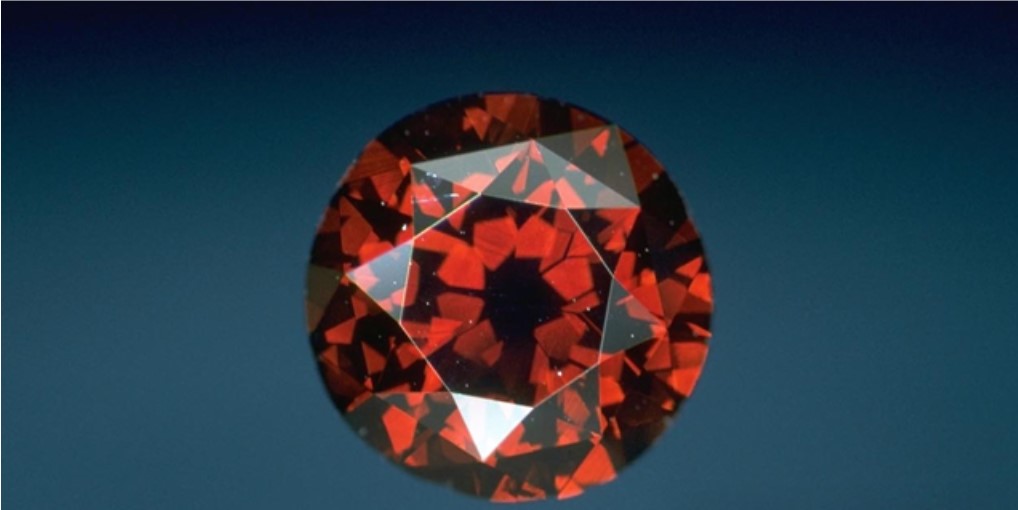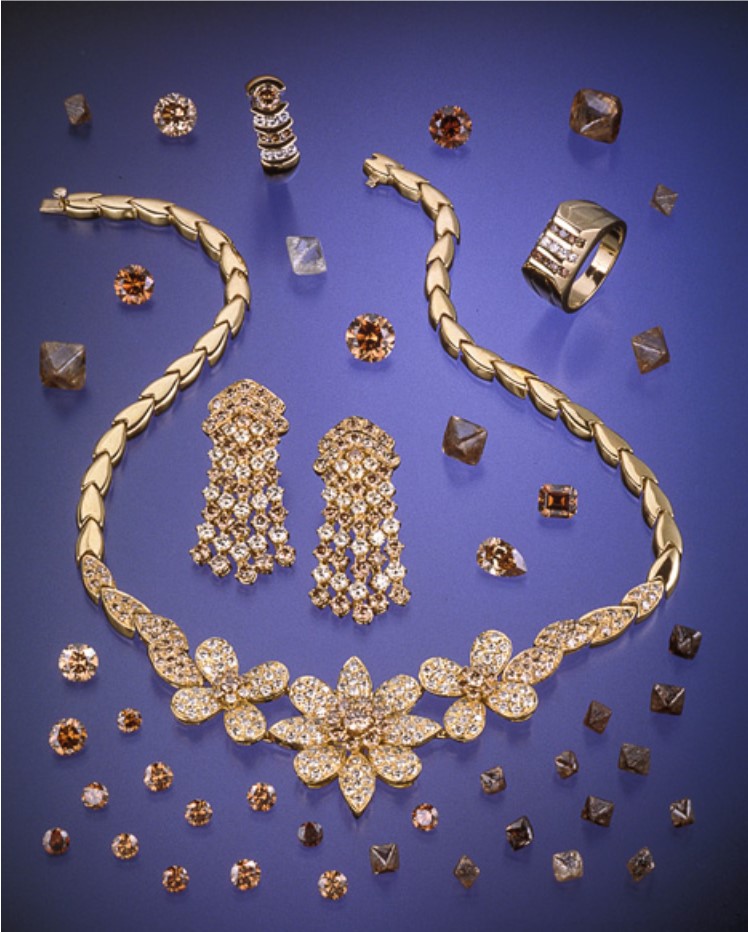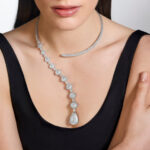
The world’s first diamond color grading system can be traced back to sixth-century India. This system was based on the country’s ancient caste structure. Members of different social statuses or castes were allowed to own and wear diamonds of specific colors. Thus, diamonds were used as badges of rank.
Priests and the ruling class, known as the Brahmin caste, were allowed to possess “the whitest of conch, lotus or crystal” (white to colorless) diamonds. Landowners and warriors were permitted to own diamonds of “the brown of a hare’s eye.” The merchant class could have diamonds with “the lovely hue of kadli [flower] petals” (yellow). Members of the lower classes could only own diamonds with “the sheen of a burnished sword” (gray or black). However, kings were allowed to possess diamonds of any color.
Since then, the diamond color grading system has evolved significantly. Today, there are more sophisticated methods of judging diamond color than comparing them to conch shells, hare’s eyes, and flower petals. Now, the only restrictions on owning different colored diamonds are their availability and one’s economic means.
Although colored diamonds traditionally accounted for only a small portion of the diamond business, their recognition and availability have grown over the past few decades. In the 1980s, the Argyle mine in Australia began marketing brown diamonds as “champagne” and “cognac.” Argyle raised public awareness of colored diamonds and reduced its marketing of them in the late 1990s. Today, the Argyle mine still produces brown diamonds but is better known worldwide as the primary source of rare pink diamonds.

These rare pink and purple diamonds make up only a small fraction of Argyle’s production but hold a very important position. – Courtesy of Rio Tinto Diamonds
Historically and currently, the most famous colored diamonds come from India, South Africa, and Australia. Other diamond mining locations, including Brazil, Venezuela, Guyana, and Indonesia, also produce colored diamonds.

The Rainbow’s Treasure: Unveiling the Fascinating History and Secrets of Colored Diamonds
Tweet





